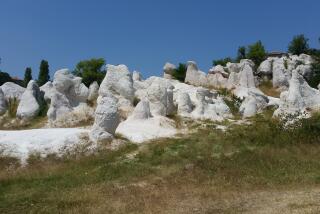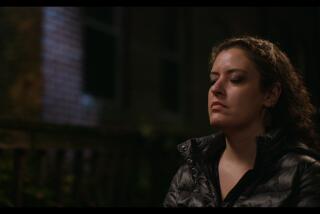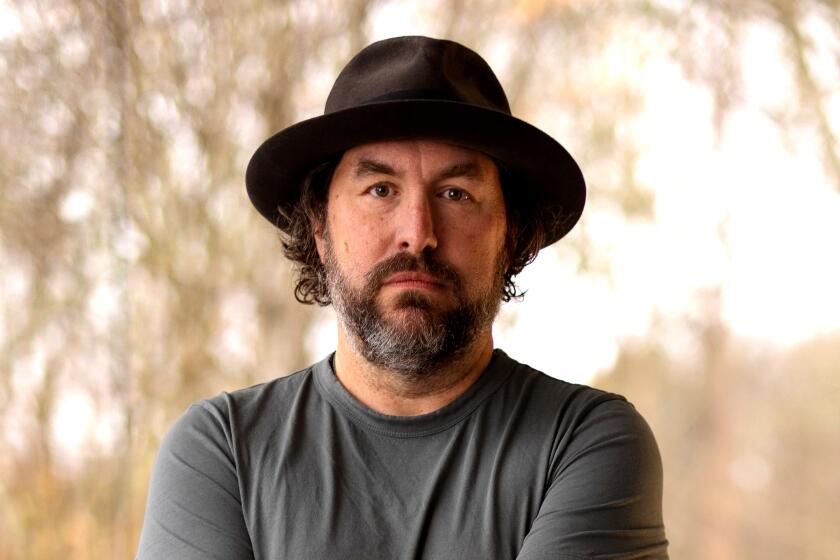Mind-Bending Drugs and Visions of the Divine
In the opening chapter of this book on the religious significance of mind-altering plants and chemicals, the author reclines on a couch in Timothy Leary’s living room on New Year’s Day 1961, awash in shapes and colors “as never seen on land or sea.”
World-renowned comparative religion scholar Huston Smith was floating into the psychedelic ‘60s under the influence of mescaline, a nonaddictive drug that would help shape his ideas about mystical experiences over the next four decades.
“The world into which I was ushered was strange, weird, uncanny, significant and terrifying beyond belief,” he writes. “The mescaline acted as a psychological prism. It was as if the layers of the mind, most of whose contents our conscious mind screens out to smelt the remainder down into a single band we can cope with, were now revealed in their completeness--spread out as if by a spectroscope into about five distinguishable layers.”
Smith, in his early 40s at the time, was also humbled by the profundity of the realization that “no man can see God and live--the sight would be too much for the body to withstand, like plugging a toaster into a power line.”
These passages lay the foundation for the book’s chief premise: Mind-bending drugs are scary, but the experiences they conjure up are also akin to those described by religious mystics throughout history. And while Smith is emphatic that drugs are no substitute for religious or philosophical training, study or reflection, they can, under certain conditions, provide a deep understanding of the divine nonetheless.
Not all of the drug-induced adventures in consciousness described by Smith in this collection of 40 years’ worth of essays had insightful endings. Some concluded in hilarious mishaps, others in living nightmares. Over the decades, Smith, now 80, admits he has gained a wary respect for what he terms entheogenic, or “God-enabling” plants and substances such as mescaline and LSD.
Looking back, he observes, “Awe is not fun.”
“I speak only for myself,” he writes, “but if I am honest I have to say (and age may figure into this) that I am afraid of entheogens.”
He also denounces the 1960s psychedelic movement, in which drugs were taken for recreational rather than religious purposes, as lacking a means for relating itself to society. Under the negative banner of “Quit school. Quit your job. Drop out,” Smith says, an entire generation was led dangerously astray.
In language that is relaxed, clear and probing, he joins such influential figures as philosopher and psychologist William James (1842-1910) and novelist Aldous Huxley (1894-1963), both of whom were actively curious about the possibilities of mental release offered by drugs when used in religious contexts.
Trouble is, Smith says, their experiments have too often been misinterpreted as a license for intoxication. The title of Smith’s book, which was borrowed from Huxley’s 1964 evaluation of psychedelic drugs, “Doors of Perception,” indicates that he aims to set the record straight.
Like those men, Smith has always been intrigued that “the problem, or rather mystery, that stalks our understanding of entheogens is how Ultimate Reality or God can disclose him/her/itself--the pronouns never work--to us through changes in brain chemistry.”
Smith, who was born of missionary parents in China, draws upon personal recollections and the fields of chemistry, anthropology, clinical psychology and the history of religions to show how drugs may induce feelings that are hard to tell apart from spontaneous ones that mystics describe as direct experience of God.
This is anything but a book endorsing drug use. In a recent interview, the author of “The World’s Religions,” a classic that has sold more than 2 million copies, suggested that his own revelations on mescaline might not have come without a sturdy intellectual framework built out of years of study in philosophy and religion.
“I’m a philosopher, and I think this is an important experience and my approach is in line with Aldous Huxley’s and William James’,” he said.
When it comes to things sacred, he said, “The important thing is not altered states, but altered traits of behavior. Does it change your life?”
That question typifies the sort of self-evaluation that Smith consistently tried to wring out of his investigations into natural and man-made, nonaddictive elixirs, and their potential for improving behavior.
Some readers, particularly those who believe nothing useful--let alone sacred--can be gleaned from altered states of consciousness, are bound to find Smith’s argument troubling. But given his age, and the fact he has probably given more thought to the subject than anyone else living, Smith’s book is a fascinating and significant contribution on a controversial and enigmatic subject.
More to Read
Sign up for our Book Club newsletter
Get the latest news, events and more from the Los Angeles Times Book Club, and help us get L.A. reading and talking.
You may occasionally receive promotional content from the Los Angeles Times.









